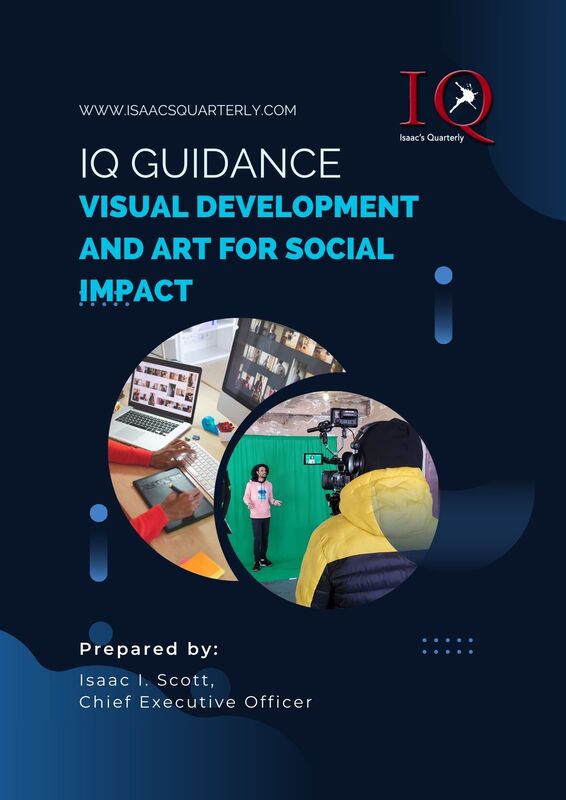|
Visual Development and Art for Social Impact
Introduction For artists, graphic designers, and organizations committed to driving social change, the intersection of visual development and art holds immense potential. This white paper delves into the techniques and principles of visual development for social impact, offering practical guidance on creating compelling visual campaigns. It showcases specific examples of successful projects in justice advocacy, illustrating the transformative power of art to resonate with audiences and foster positive societal change. The Visual Language of Social Impact Visual development is the process of creating and refining visual elements to convey a specific message or concept. In justice advocacy, the visual language becomes a powerful tool for communicating complex narratives. The principles of visual design, as outlined by Ellen Lupton (2015), emphasize the importance of clarity, emphasis, and engagement. Applying these principles in the context of social impact ensures that visual campaigns effectively communicate their intended messages. Humanizing Narratives through Visual Storytelling The success of visual development in justice advocacy lies in its ability to humanize narratives. The Storytelling Project by the Center for Social Impact Communication highlights the impact of visual storytelling in creating empathy and understanding (Georgetown University, n.d.). Through carefully crafted visuals, artists and designers can transform statistics and data into relatable stories that resonate with audiences, fostering a deeper connection to social issues. Case Studies: Successful Projects in Justice Advocacy
Practical Guidance for Artists and Designers Creating visuals for social impact requires a thoughtful approach. The Design Council's "Eleven Lessons: Managing Design in Eleven Global Cities" emphasizes the importance of understanding the context and audience when designing for social change (Design Council, 2021). Artists and designers should consider the cultural, social, and emotional context of their audience to ensure that visual campaigns effectively convey their intended messages. Conclusion: Empowering Change through Visual Development Visual development and art have the power to amplify the voices of justice advocates. By adhering to principles of visual design, employing visual storytelling techniques, and drawing inspiration from successful projects, artists, graphic designers, and organizations can create impactful visuals that resonate with audiences and drive positive social change. This white paper serves as a guide for harnessing the potential of visual development to empower change and reshape narratives. References Amnesty International. (n.d.). Stop torture. Design Council. (2021). Eleven lessons: Managing design in eleven global cities. Equal Justice Initiative (EJI). (2017). Lynching in America: Confronting the legacy of racial terror. Georgetown University. (n.d.). The storytelling project. The information provided herein has been compiled based on Isaac Scott's 10 years of art and criminal legal advocacy. While efforts have been made to ensure accuracy, some references from online sources may be unpublished, and certain materials may require subscriptions for full access. Users are encouraged to use the provided references as a starting point and are further encouraged to conduct independent research to verify and expand upon the topics presented. The content is for informational purposes only and should not be construed as legal advice. Readers should consult with qualified professionals for advice on specific legal matters.
0 Comments
Leave a Reply. |

CHIEF EDITOR
ISAAC I. SCOTT,
Five-time Change Agent Award winner, Multimedia Visual Artist, Journalist, and Independent Consultant. Categories
All
Archives |
|
© 2020 Isaac's Quarterly LLC. The images, pictures, and videos on this website are copyrighted and may not be downloaded or reproduced. These materials may be used only for Educational Purposes. They include extracts of copyright works copied under copyright licences. You may not copy or distribute any part of this material to any other person. Where the material is provided to you in electronic format you may download or print from it for your own use, but not for redistribution. You may not download or make a further copy for any other purpose. Failure to comply with the terms of this warning may expose you to legal action for copyright infringement and/or disciplinary action by Isaac's Quarterly LLC.
|
|
|
Follow Isaac's Quarterly on Social Media
|

 RSS Feed
RSS Feed
